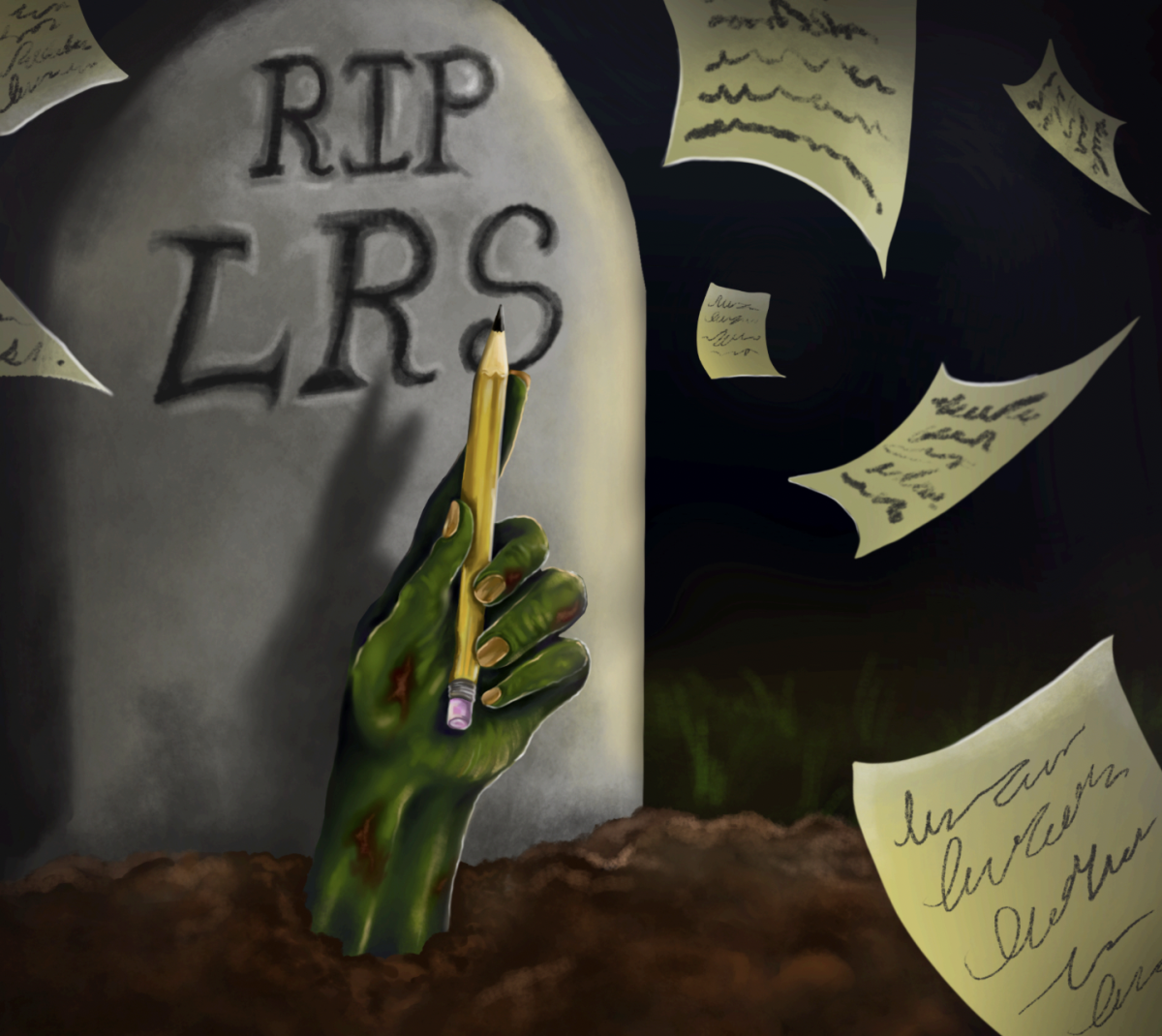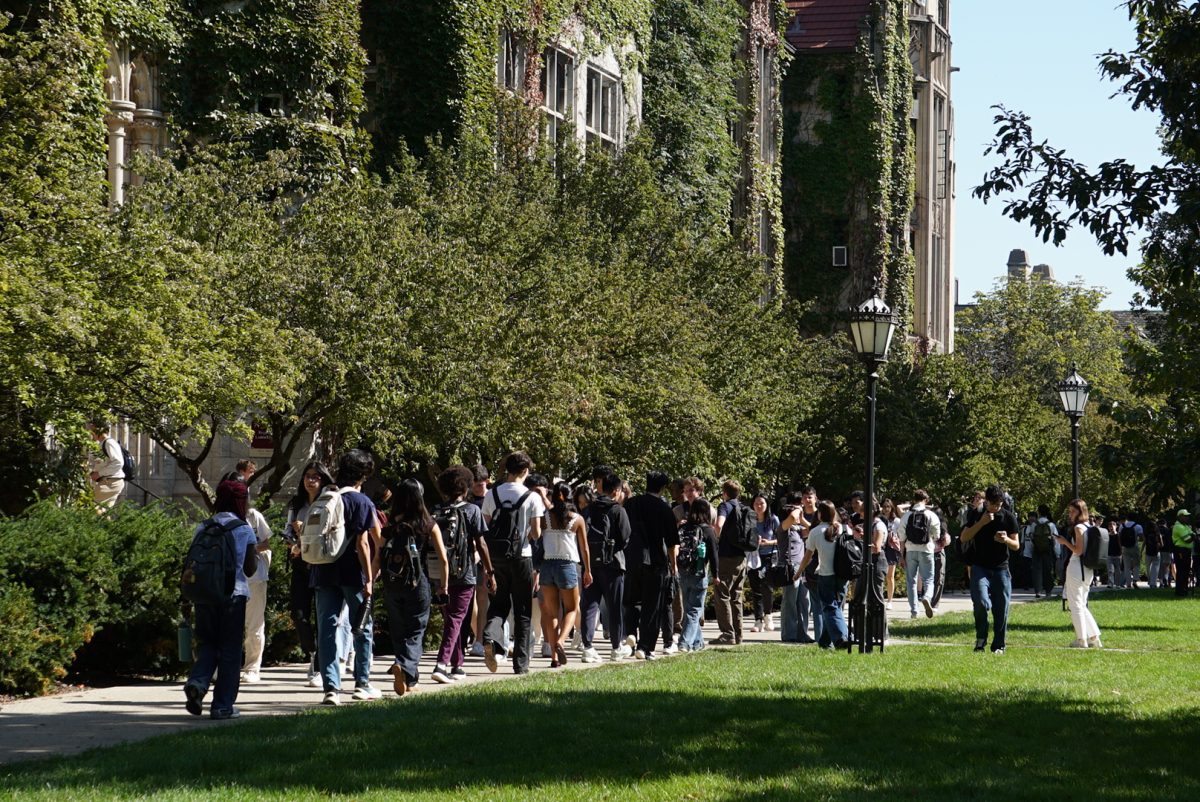The dubious quality of dining- hall food is already a popular topic for griping, but the University administration seems determined to add more fodder to the criticism. The University is planning to transition Bartlett dining hall—long an oasis of campus cuisine, thanks to its higher quality and à la carte menu—into the buffet-style system to which Pierce and B-J diners are currently subjected. This change would be a step in the wrong direction for campus dining. In fact, the University would be wise to transition all dining halls to the “Bartlett-style” à la carte system.
The administration insists that the food quality at Bartlett will not decline after the transition to what it calls an “all-you-care-to-eat” system. Dining officials maintain that portion sizes, not quality, will be reduced at the retooled Bartlett, but students who have dined at Pierce or B-J know these claims are laughable. Under a buffet system, diners have a tendency to take more than they need, much of which subsequently ends up in the trash. Buffet-style dining halls sacrifice quality for quantity, and it shows in the food that’s offered. The lower quality of buffet-style food ensures that, no matter what the portion size, students are not eating what they care to eat.
Bartlett, which charges per item, faces no difficulties in providing better-tasting food in sufficient quantities. In addition, students pay for what they want, meaning that they can take their food with them and eat it at their convenience. Pierce and B-J do not afford students this option, offering only a seldom-used bag lunch that presents students with a limited array of choices.
The additional food choices and flexibility of the current Bartlett-style system have made it a success, and the University should extend this formula to its other dining halls, not end the à la carte system everywhere on campus. The Bartlett freshman meal plan ensures that the vast majority of customers on the plan will have more than enough food to eat throughout the quarter. The move to buffet-style dining, then, will only reduce the quality and availability of food on campus. And that’s just hard to stomach.
The Maroon Editorial Board consists of the Editor-in-Chief, Managing Editor, Viewpoints Editors, and an additional Editorial Board member.








